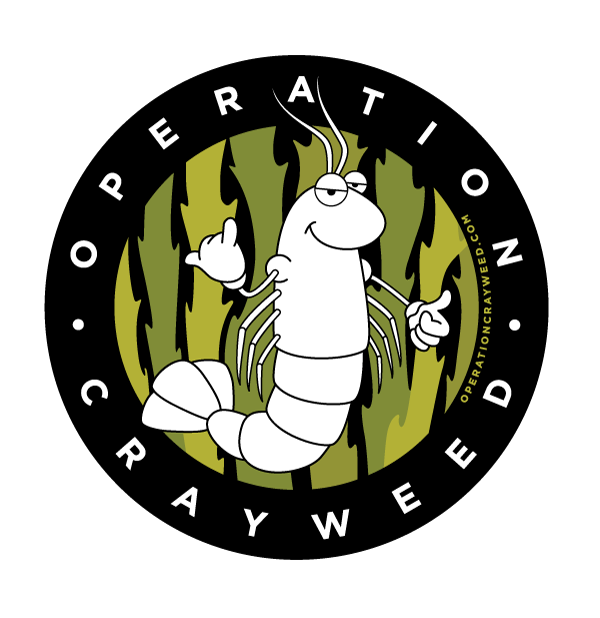Read the full article at - http://www.abc.net.au/news/2015-12-03/scientists-restoring-underwater-seaweed-forests-off-sydney/6999948?pfm=sm§ion=environment
Scientists are rejuvenating barren, rocky reefs off Sydney by restoring underwater seaweed forests that disappeared due to pollution in the 1980s.
Researchers from the University of New South Wales (UNSW) and the Sydney Institute of Marine Science (SIMS) plan to transplant 7,000 crayweed specimens along a 70-kilometre stretch of coast from Palm Beach, in the city's north, to Cronulla in the south.
Alexandra Campbell from SIMS said while marine waters appear healthy, at closer inspection some patches look like an underwater desert.
"It's actually quite shocking going diving and snorkelling around Sydney and further south," Dr Campbell said.
"There are huge, vast expanses of completely bare rock."
Dr Campbell said crayweed was wiped out in some areas – and never grew back.
"Up until the 1980s Sydney's sewage went more or less directly into the beaches and bays and this is essentially a hangover from that pollution."
Researchers have successfully transplanted crayweed onto rocky reefs at Long Bay and Cape Banks.
Now they are seeking $35,000 in crowd funding to repopulate Sydney's waters as part of a project dubbed "Operation Crayweed".
The idea is to encourage Australians to buy an "underwater Christmas tree" this festive season.
Adriana Vergés, the senior lecturer in Marine Ecology at the UNSW said the team is attaching what they call trees back onto bare rock.
"And they're surviving, they're staying there and they're reproducing," Dr Vergés said.
The lead researcher, Ezequiel Marzinelli, said "lots of sex" happens – and there are "babies" on the reef within a few months of the transplant, providing important habitat for sea creatures.
And he said that was good news for commercial and recreational fishers.
"You are potentially bringing back lobsters, abalone and so on," Dr Marzinelli said.
"Bringing these 'trees' back – you're also bringing back all of these creatures that people like eating."
Researchers said their method of attaching crayweed to an underwater "net" on rocky reefs was highly effective – and could be applied to marine restoration sites elsewhere in Australia and around the world.

